Overview:
Hunza’s appeal is multifaceted, drawing visitors in with its stunning mountain vistas and distinct cultural atmosphere. While its landscape may lack the lush greenery of other regions, its towering mountains and sparse forests create a dramatic backdrop unlike any other. What truly set Hunza apart, however, is its people.
The inhabitants of Hunza are renowned for their warmth and hospitality, greeting visitors with open arms and a genuine sense of welcome. Their high literacy rates and progressive mindset contribute to a culture of understanding and respect that permeates every aspect of daily life.
From the moment travelers arrive in Hunza, they are enveloped in a rich tapestry of traditions, from the vibrant cuisine that showcases local flavors to the intricate arts and music scene that reflects the region’s cultural heritage. In Hunza, harmony and mutual respect are not just ideals but lived realities, making it a standout destination for those seeking both natural beauty and authentic cultural experiences in Pakistan.
This land beauty can’t be explained with words, here are the top 15 places must to visit with pictures.
List of Top 15 places in Hunza and Naltar:
Following are the top 15 places in Hunza and Naltar must to visit:
- Attabad Lake
- Hussaini Suspension Bridge
- Altit Fort
- Baltit Fort
- Passu Glacier
- Khunjerab Pass
- Borith Lake
- Satrangi Lake
- Batura Lake
- Hunza River
- Rakaposhi Base Camp
- 3 Mountains Ranges Junction Point
- Eagle’s Nest Viewpoint
- Gulmit Valley
- Passu Cones
Attabad Lake:
Attabad Lake has emerged as a major draw for vacationers visiting Hunza in Gilgit-Baltistan. It offers a plethora of activities to indulge in, including boating, jet-skiing, fishing, and a range of leisure pursuits.
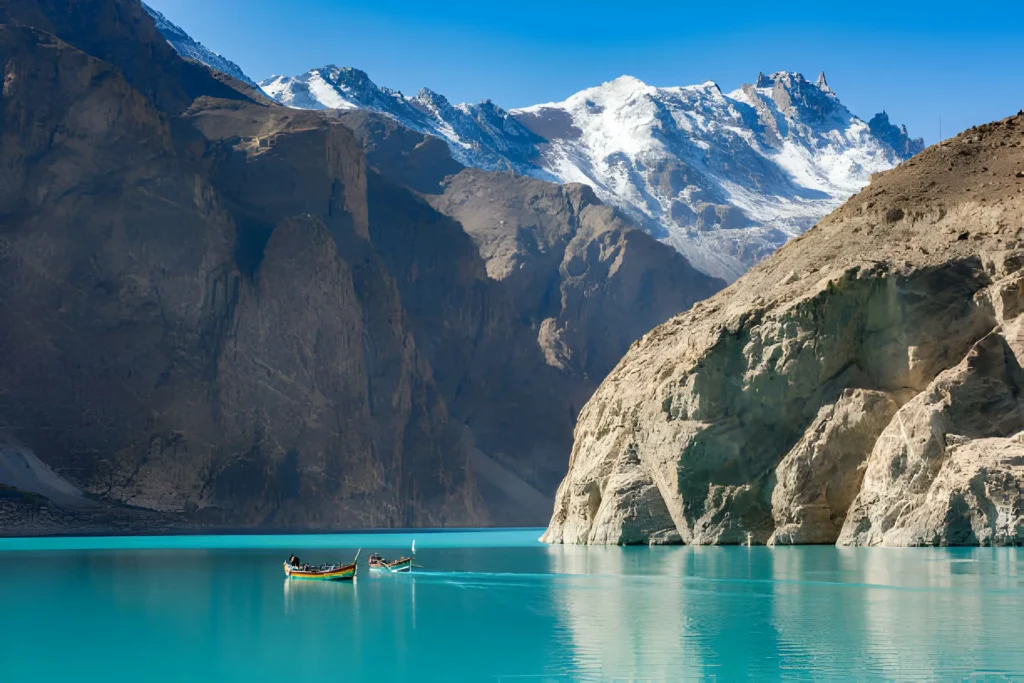
Hussaini Suspension Bridge:
Arguably one of the most perilous hanging bridges globally, this structure evokes fear merely at the sight of it, let alone traversing its span. The significant gaps between its weathered planks, combined with the relentless gusts over the river, make it a daunting prospect for the faint-hearted. Yet, for the resilient people of Hunza, crossing this bridge is a daily routine, as they navigate it carrying heavy loads on their heads to meet their daily needs.
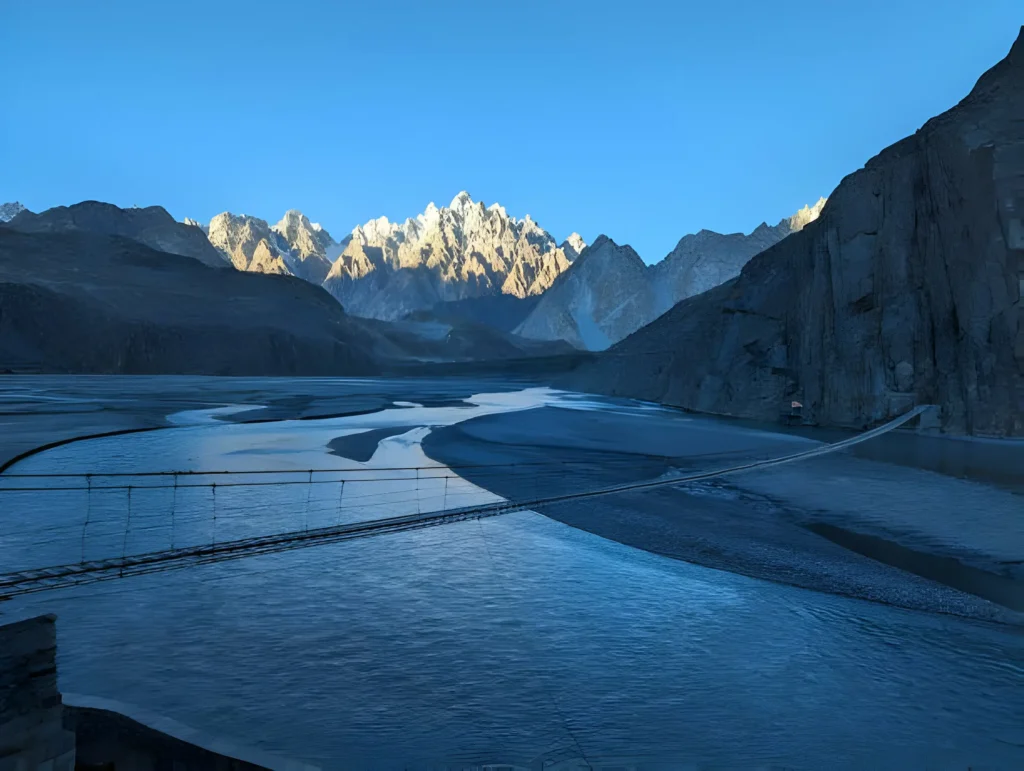
Altit Fort:
Altit Fort, situated in the picturesque Hunza valley, holds a significant place in the region’s history. Originally serving as the residence of the hereditary rulers of the Hunza state, known as Mirs, it played a pivotal role in governance and defense. However, as time progressed, around three centuries later, the ruling family decided to move their seat of power to the Baltit Fort, which is located nearby.
One of the most notable features of Altit Fort is the Shikari tower, which stands as a testament to its ancient origins, dating back approximately 1100 years. This makes it not only a symbol of historical importance but also the oldest surviving monument in Gilgit-Baltistan.
In recognition of its cultural significance and efforts to preserve its heritage, Altit Fort received the prestigious UNESCO Asia Pacific Heritage Award for Cultural Heritage Preservation in 2011. This acknowledgment highlights its importance not only locally but also on a global scale, drawing attention to the rich history and architectural marvels present in the Hunza valley.
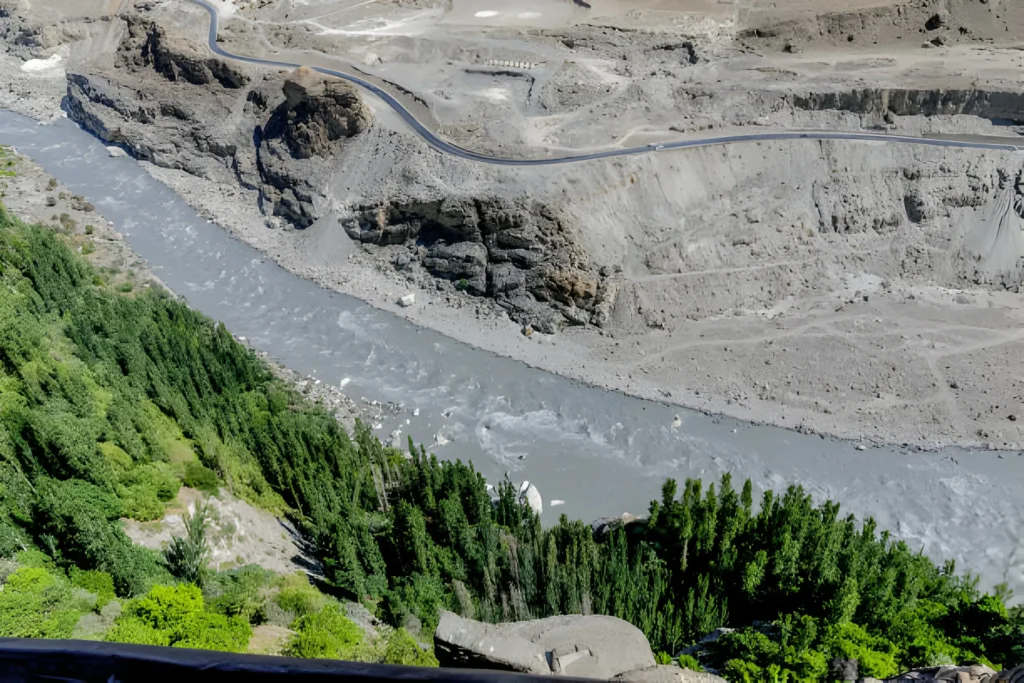
Baltit Fort:
Established in the 8th century CE, Baltit Fort stands as a captivating architectural gem nestled in the scenic Hunza valley, near Karimabad, within the Gilgit-Baltistan region of northern Pakistan. Once the stronghold of the Mirs of Hunza, the fort was abandoned in 1945 when the ruling family opted to relocate to a new palace downhill.
Over time, neglect led to the deterioration of the fort, raising concerns about its preservation. Following a survey conducted by the Royal Geographical Society of London, a restoration initiative was launched with support from the Aga Khan Trust for Culture Historic Cities Support Program. The extensive restoration efforts were completed in 1996, transforming the fort into a museum now managed by the Baltit Heritage Trust.
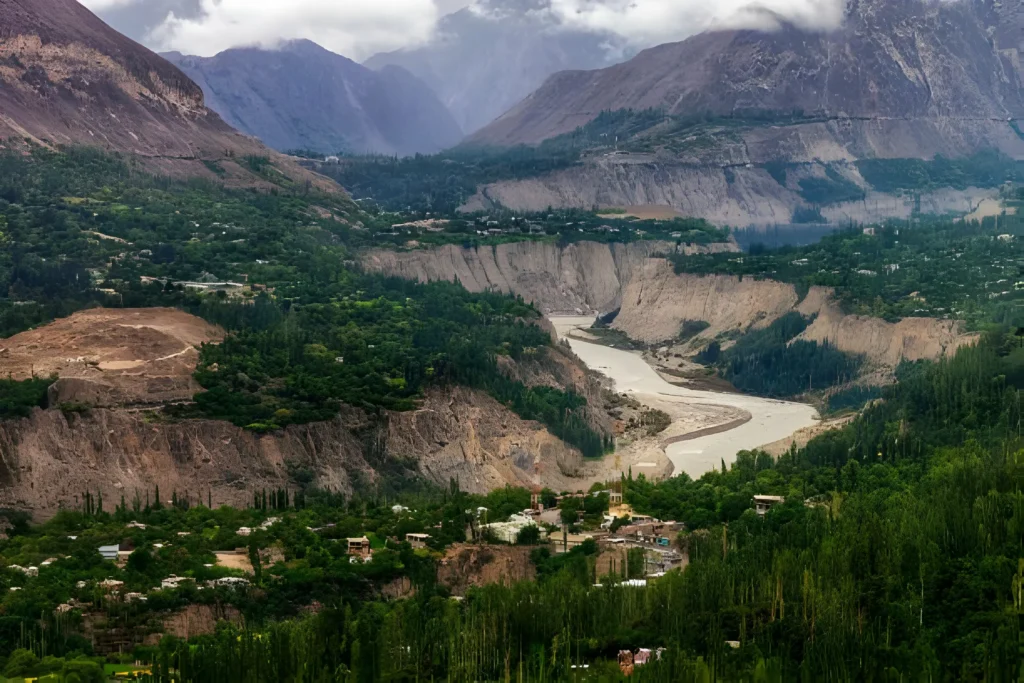
Passu Glacier:
Passu Glacier, located south of Passu village, is a striking feature with the iconic Passu cones as its backdrop. It’s part of the Batura Muztagh mountain range and plays a vital role in local hydrology and ecosystems. Its melt water sustains life downstream. Additionally, it contributes to our understanding of glacial processes and climate change.
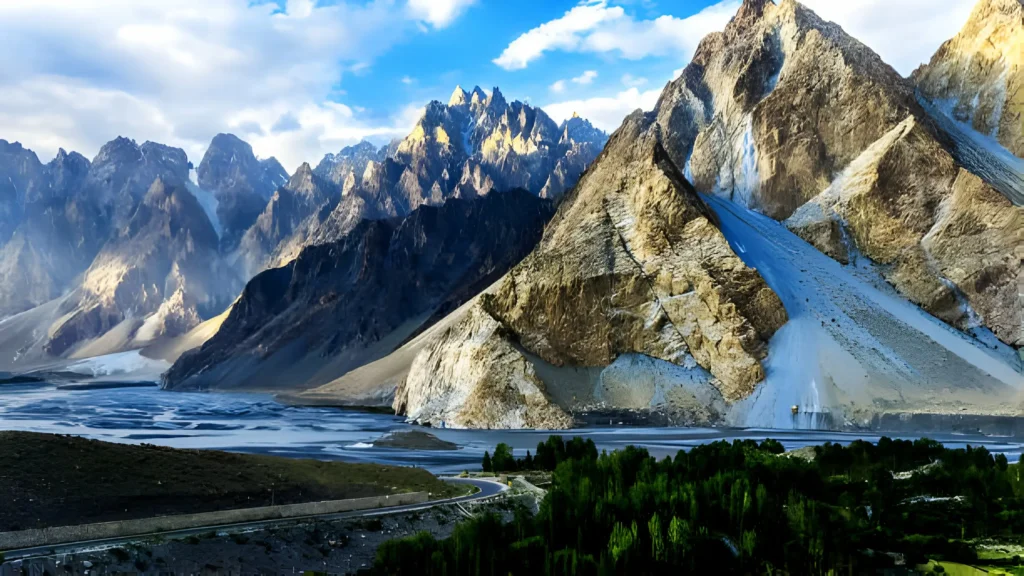
Khunjerab Pass:
Khunjerab Pass holds the distinction of being the world’s highest paved international border crossing and marks the apex of the Karakoram Highway. This lengthy, relatively flat pass is often blanketed in snow during the winter months, leading to its closure for heavy vehicles from November 30 to May 1, and for all vehicles from December 30 to April 1. Notably, the Pakistani side of the pass features the world’s highest ATM, managed by the National Bank of Pakistan and 1LINK.

Borith Lake:
Borith Lake is situated approximately 2 km north of Gulmit, and it’s a saline body of water nestled in a small hollow at an altitude of 2,500 meters (8,200 feet). Accessible via an unpaved 2-kilometer jeep track from Hussaini village, which is adjacent to Gulmit Village, the lake attracts birdwatchers and nature enthusiasts as it serves as a sanctuary for migrating wildfowl. To witness the influx of ducks arriving from the warmer regions of southern Pakistan, it’s best to visit between March and June.
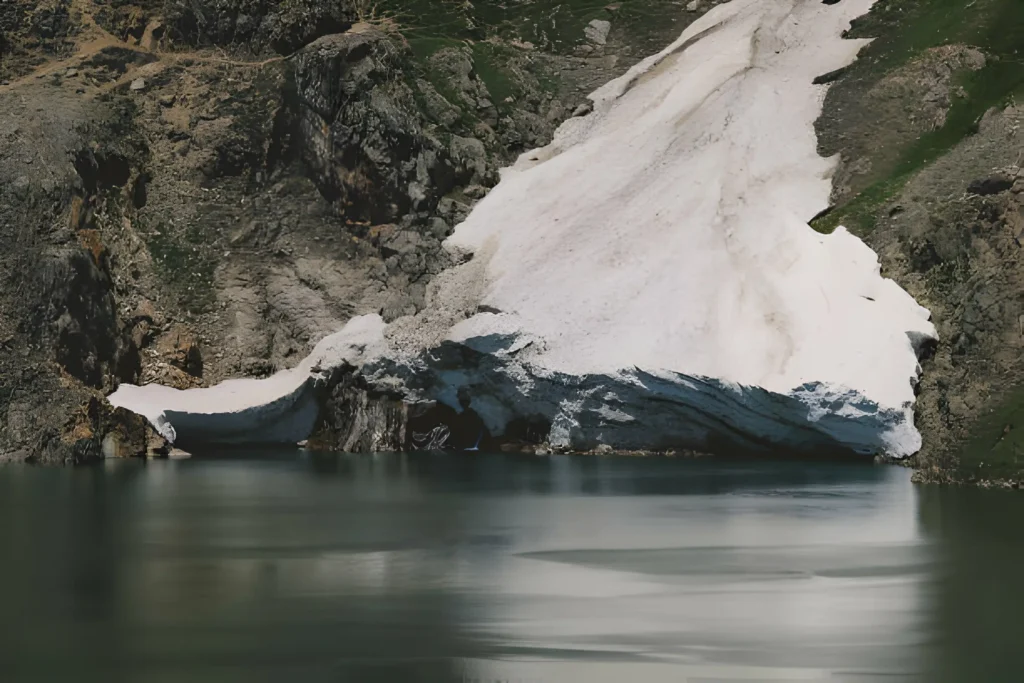
Satrangi Lake or Bashkiri Lakes:
Naltar Valley boasts three stunning lakes known as the Bashkiri Lakes, situated at altitudes ranging from 3,050 to 3,150 meters. Each lake presents a unique color; one features green water due to the presence of grasses within, another displays a vibrant blue hue, and the third showcases azure-colored waters. Accessible via a dirt road alongside a flowing stream, the lakes are enveloped by dense pine forests, creating a picturesque setting. The optimal time to visit these lakes is from May to October, as during winter, heavy snowfall renders access by car nearly impossible.
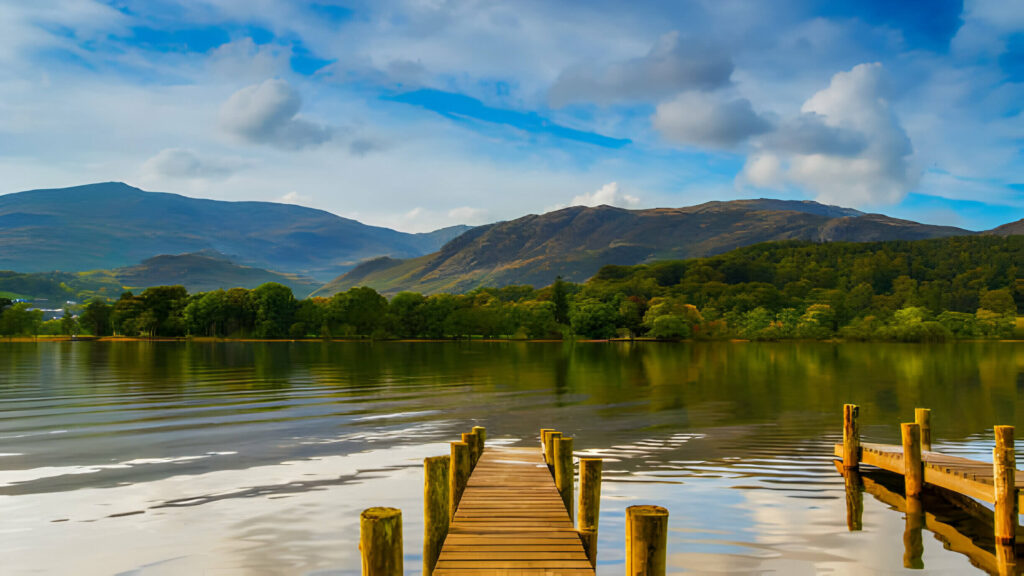
Batura Lake:
This captivating lake is renowned for its breathtaking vistas, framed by the majestic Passu cones and the peaks of the Batura Glacier. Situated in the upper Hunza region of Gilgit Baltistan, it stands out as one of Pakistan’s most beautiful and iconic lakes.
The backdrop of the Batura Glacier and the Passu Cones adds to the allure of this enchanting water body. Found near the edge of the Batura Glacier, the surroundings are also adorned with mountain debris, enhancing its natural beauty. Accessible from the Karakoram Highway after passing through Passu village, this lake offers unparalleled views that are truly unmatched.
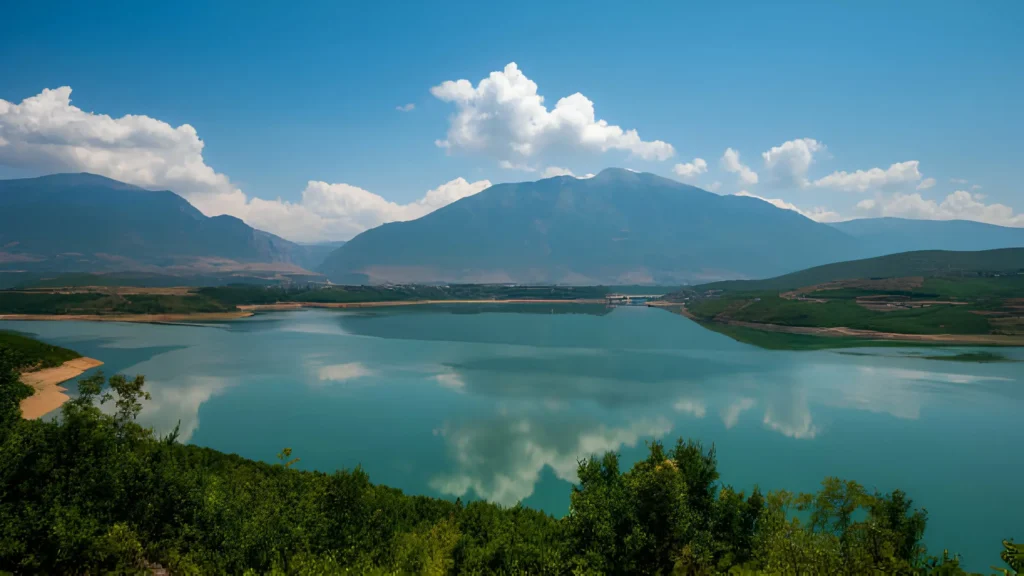
Hunza River:
The Hunza River serves as the primary watercourse of the Hunza region in Gilgit-Baltistan, Pakistan. Formed by the convergence of the Chapursan and Khunjerab nalas (chasms), which are fed by glaciers, it emerges as a significant river in the area. As it flows, it receives contributions from the Gilgit River and the Naltar River before eventually joining the mighty Indus River.
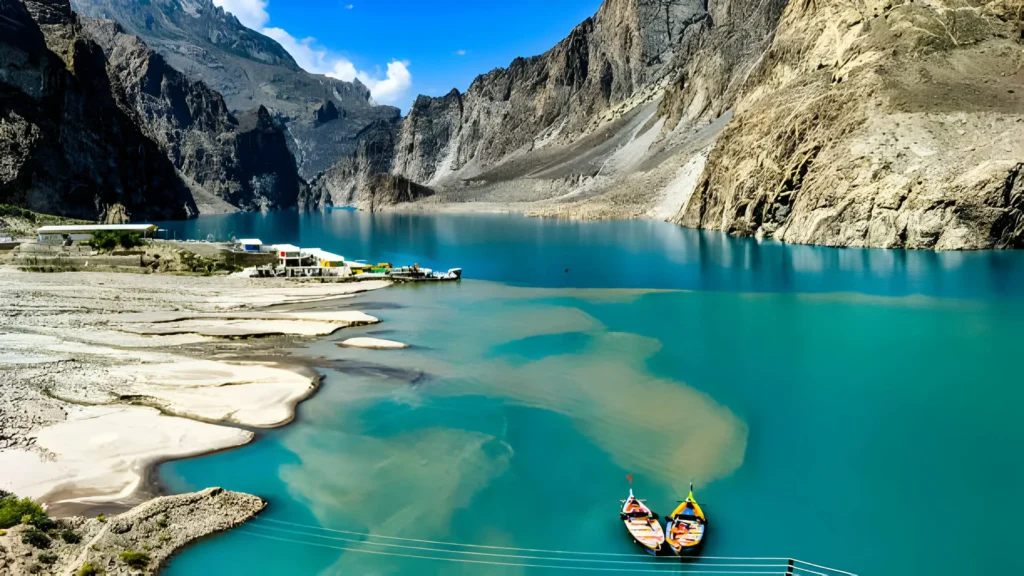
Minapin - Rakaposhi Base Camp:
The Minapin valley lies along the Karakoram Highway, to the north of Gilgit city. Nestled amidst towering mountain ranges, the valley boasts a rugged and mountainous terrain throughout. Despite its challenging topography, every corner of the Minapin valley is easily accessible. The Karakoram mountain range dominates the landscape, with Rakaposhi being one of its prominent peaks. This region serves as a gateway to three renowned peaks of the majestic Karakoram range, making it a haven for mountaineers seeking adventure. The breathtaking panoramas and tranquil atmosphere offer a rejuvenating experience for visitors, akin to a spa-like retreat in the lap of nature.
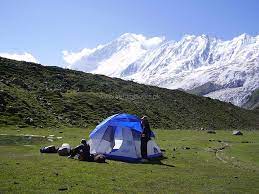
3 Mountain Ranges Junction Point:
Jaglot is strategically positioned at the confluence of three major mountain ranges: the Karakoram, the Hindu Kush, and the Himalayas. Adding to its significance is the proximity of the Indus River. Jaglot serves as a pivotal junction where the roads leading to Gilgit and Skardu diverge, each heading in distinct directions.
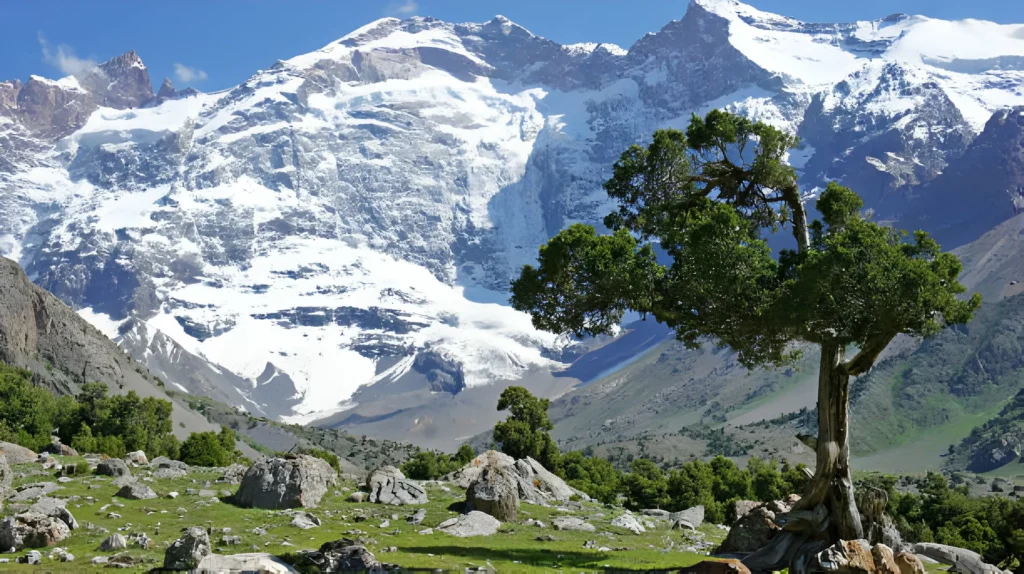
Eagle's Nest Viewpoint:
A perfect vantage point to admire a panoramic view of Hunza along with its surrounding majestic peaks, Eagle’s Nest is also renowned for offering the best vantage points for both sunrise and sunset. It stands out as one of the most serene and tranquil spots in the valley. For those seeking to witness the most captivating sunset of their lives, this destination is a must-visit. From Eagle’s Nest, visitors can behold four prominent mountains: Lady Finger, Golden Peak, Rakaposhi, and Rush Peak. To capture the entirety of Hunza in a single glance, a visit to Eagle’s Nest is essential. Experiencing the sunset from this point is truly a deeply moving experience.
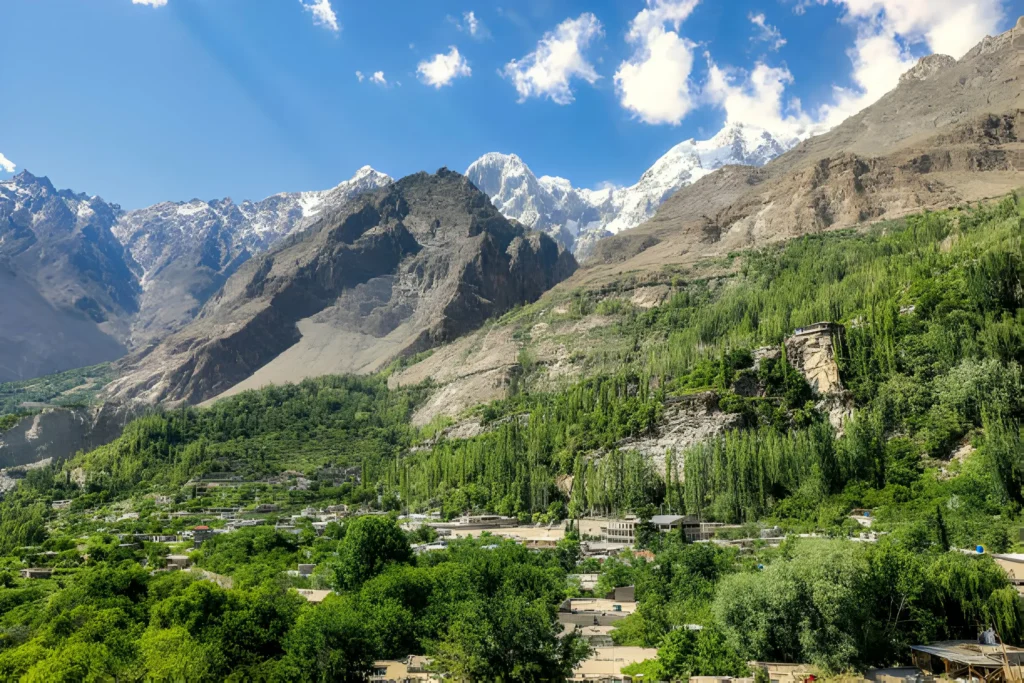
Gulmit Village:
Gulmit, also known as Gul-e-Gulmit, serves as the administrative center of Gojal, alternatively known as Upper Hunza, in Gilgit Baltistan, Pakistan. This historic town boasts a rich heritage spanning centuries, nestled amidst mountains, peaks, and glaciers. It has emerged as a popular tourist destination, offering a plethora of historical sites, hotels, shops, and a museum for visitors to explore. Surrounded by towering mountains on all sides, Gulmit is flanked by Tupopodon to the extreme north and Ghawush to the south. Mount Pulpul dominates the eastern skyline, while the iconic Gulmit Tower stands tall to the west, overlooking the Shutubar Glacier. Notably, Gulmit Tower, a vertical pinnacle, remains unconquered, awaiting a climber to scale its heights.

Passu Cones:
Passu is a renowned tourist destination both within Pakistan and internationally, celebrated for its easily accessible panoramic vistas and breathtaking views of the towering Passu Sar Mountain, which stands at an impressive 7,478 meters (24,534 feet) in height. Additionally, visitors are captivated by the awe-inspiring sight of the Passu Glacier and the majestic Tupopdan peak, rising to 6,106 meters (20,033 feet). Passu is widely regarded as one of the most photographed peaks in the region, attracting photographers and adventurers from all corners of the globe.

